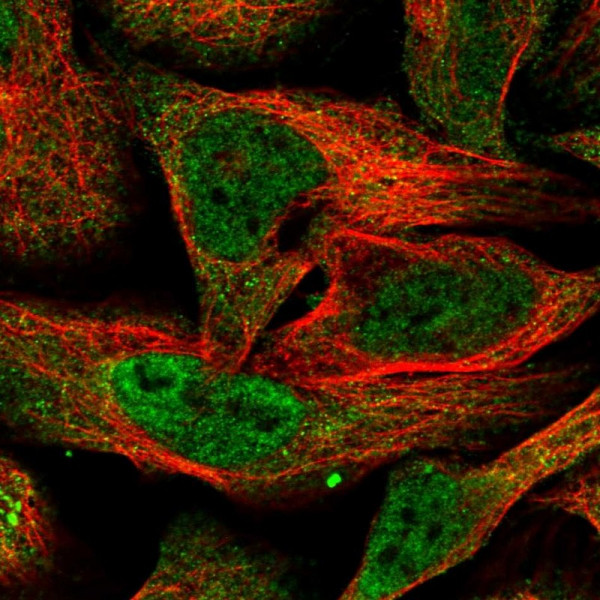Cookie preferences
This website uses cookies, which are necessary for the technical operation of the website and are always set. Other cookies, which increase the comfort when using this website, are used for direct advertising or to facilitate interaction with other websites and social networks, are only set with your consent.
Configuration
Technically required
These cookies are necessary for the basic functions of the shop.
"Allow all cookies" cookie
"Decline all cookies" cookie
CSRF token
Cookie preferences
Currency change
Customer-specific caching
FACT-Finder tracking
Individual prices
Selected shop
Session
Comfort functions
These cookies are used to make the shopping experience even more appealing, for example for the recognition of the visitor.
Note
Show the facebook fanpage in the right blod sidebar
Statistics & Tracking
Affiliate program
Conversion and usertracking via Google Tag Manager
Track device being used

| Item number | Size | Datasheet | Manual | SDS | Delivery time | Quantity | Price |
|---|---|---|---|---|---|---|---|
| ATA-HPA031156.25 | 25 µl | - |
7 - 10 business days* |
300.00€
|
|||
| ATA-HPA031156.100 | 100 µl | - |
7 - 10 business days* |
421.00€
|
If you have any questions, please use our Contact Form.
You can also order by e-mail: info@biomol.com
Larger quantity required? Request bulk
You can also order by e-mail: info@biomol.com
Larger quantity required? Request bulk
Protein function: Substrate recognition component of a SCF (SKP1-CUL1-F-box protein) E3... more
Product information "Anti-BTRC"
Protein function: Substrate recognition component of a SCF (SKP1-CUL1-F-box protein) E3 ubiquitin-protein ligase complex which mediates the ubiquitination and subsequent proteasomal degradation of target proteins. Recognizes and binds to phosphorylated target proteins (PubMed:10066435, PubMed:10497169, PubMed:10644755, PubMed:10835356, PubMed:11238952, PubMed:11359933, PubMed:11994270, PubMed:12791267, PubMed:12902344, PubMed:14603323, PubMed:14681206, PubMed:14988407, PubMed:15448698, PubMed:15917222, PubMed:16371461, PubMed:25503564, PubMed:25704143, PubMed:9859996, PubMed:22087322). SCF(BTRC) mediates the ubiquitination of CTNNB1 and participates in Wnt signaling (PubMed:12077367, PubMed:12820959). SCF(BTRC) mediates the ubiquitination of phosphorylated NFKB1, ATF4, CDC25A, DLG1, FBXO5, PER1, SMAD3, SMAD4, SNAI1 and probably NFKB2 (PubMed:10835356, PubMed:11238952, PubMed:14681206, PubMed:14603323). SCF(BTRC) mediates the ubiquitination of NFKBIA, NFKBIB and NFKBIE, the degradation frees the associated NFKB1 to translocate into the nucleus and to activate transcription (PubMed:10066435, PubMed:10497169, PubMed:10644755). Ubiquitination of NFKBIA occurs at 'Lys-21' and 'Lys-22' (PubMed:10066435). SCF(BTRC) mediates the ubiquitination of CEP68, this is required for centriole separation during mitosis (PubMed:25704143, PubMed:25503564). SCF(BTRC) mediates the ubiquitination and subsequent degradation of nuclear NFE2L1. Has an essential role in the control of the clock-dependent transcription via degradation of phosphorylated PER1 and PER2 (PubMed:15917222). May be involved in ubiquitination and subsequent proteasomal degradation through a DBB1- CUL4 E3 ubiquitin-protein ligase. Required for activation of NFKB- mediated transcription by IL1B, MAP3K14, MAP3K1, IKBKB and TNF. Required for proteolytic processing of GLI3 (PubMed:16371461). Mediates ubiquitination of REST, thereby leading to its proteasomal degradation (PubMed:21258371, PubMed:18354482). [The UniProt Consortium] Buffer: 40% glycerol and PBS (pH 7.2). 0.02% sodium azide is added as preservative. Highest antigen sequence identity to mouse: 98% and to rat: 95%
| Keywords: | Anti-BTRC, Anti-BTRCP, Anti-E3RSIkappaB, Anti-Epididymis tissue protein Li 2a, Anti-pIkappaBalpha-E3 receptor subunit, Anti-F-box/WD repeat-containing protein 1A, Anti-F-box and WD repeats protein beta-TrCP |
| Supplier: | Atlas Antibodies |
| Supplier-Nr: | HPA031156 |
Properties
| Application: | ICC |
| Antibody Type: | Polyclonal |
| Conjugate: | No |
| Host: | Rabbit |
| Species reactivity: | human |
| Immunogen: | Recombinant Protein Epitope Signature Tag (PrEST) antigen sequence: ALKFMNSSER EDCNNGEPPR KIIPEKNSLR QTYNSCARLC LNQETVCLAS TAMKTENCVA KTKLANGTSS MIVPKQRKLS ASYEKEKELC VKYFEQWSES DQVEFVEHLI SQMCHYQHGH (ATA-APrEST89299) |
Database Information
| KEGG ID : | K03362 | Matching products |
| UniProt ID : | Q9Y297 | Matching products |
| Gene ID | GeneID 8945 | Matching products |
Handling & Safety
| Storage: | -20°C |
| Shipping: | +20°C (International: +20°C) |
Caution
Our products are for laboratory research use only: Not for administration to humans!
Our products are for laboratory research use only: Not for administration to humans!
Information about the product reference will follow.
more
You will get a certificate here
Viewed


